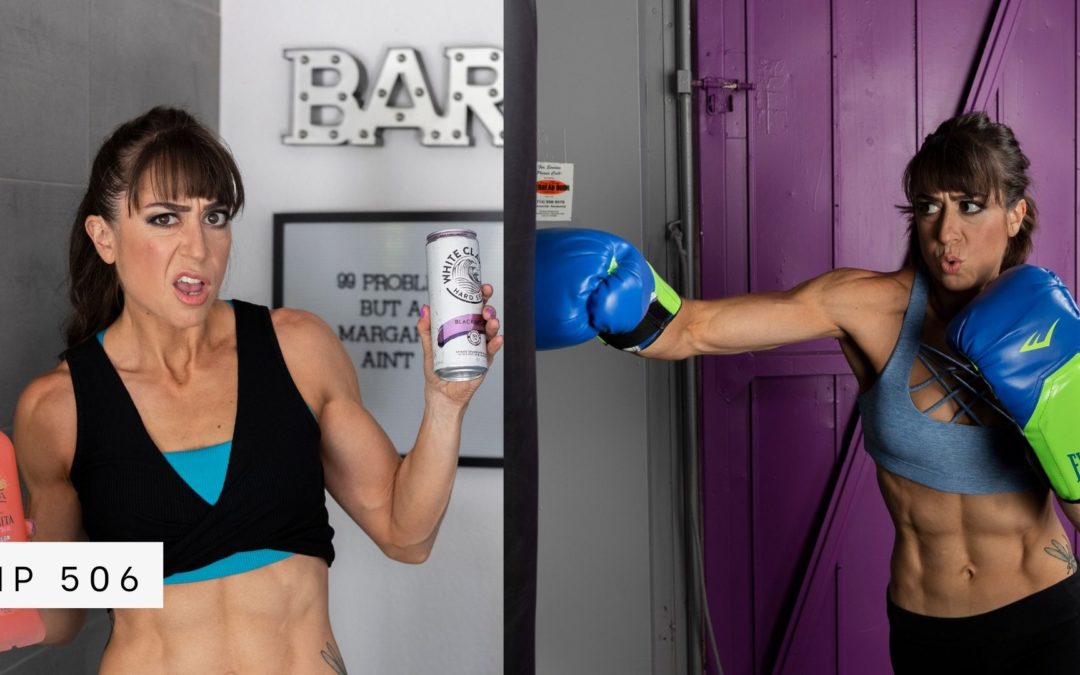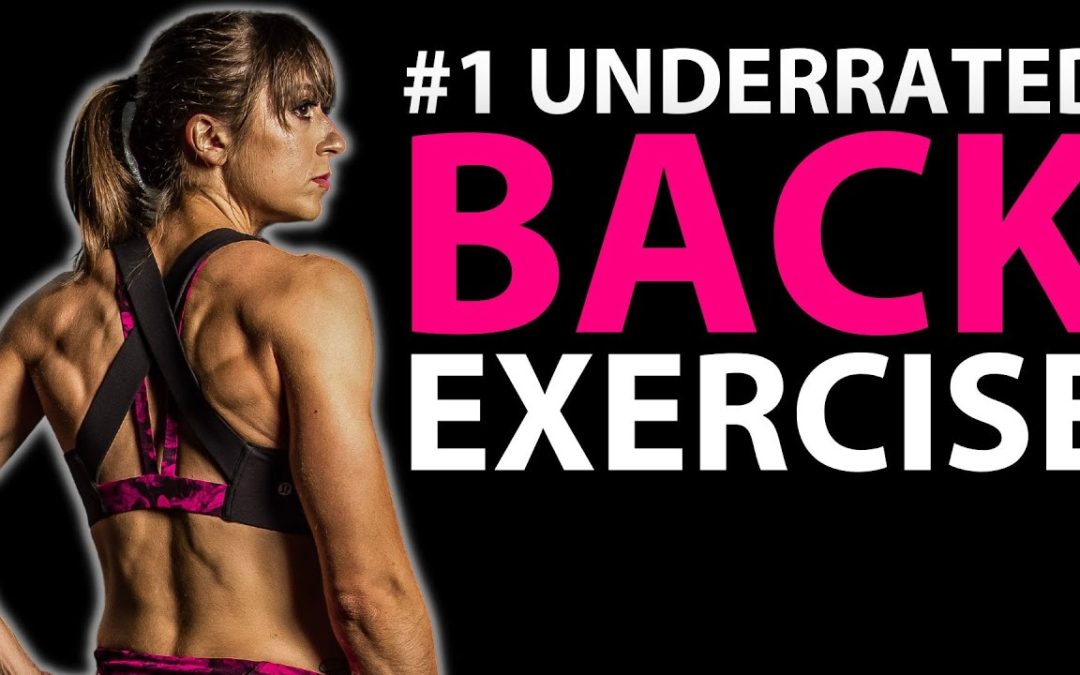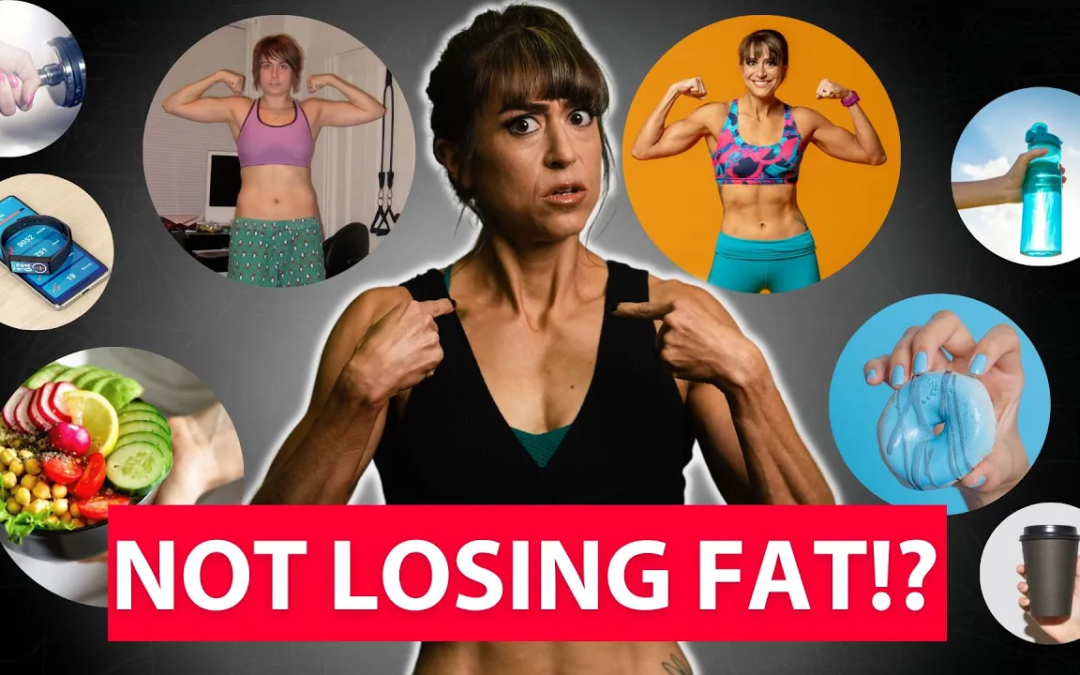
by Cori Lefkowith | Feb 14, 2023 | podcast
In this episode: We’ll chat about unlearning and why change is so hard Michelle will share why you are NOT what you eat I’ll go over the holiday balance and including foods you love Then I’ll touch on ALCOHOL and the impact it can have And finally I’ll share how you...

by Cori Lefkowith | Feb 12, 2023 | Blog, Diet, Exercises, Functional Fitness
Blaming your age for not being able to lose weight, gain muscle or simply move better? It’s not your age holding you back – it’s your belief in your own abilities. Whether you believe you can or you can’t, you’re right. At any age, we can make a change and see...

by Cori Lefkowith | Feb 5, 2023 | Blog, Exercises
If you’re looking for an amazing exercise to strengthen your back while helping you avoid neck, shoulder and even lower back aches and pains, then you’re going to love this video! In this video, I’ll go over how to do this amazing exercise, how it can help you avoid...

by Cori Lefkowith | Jan 31, 2023 | podcast
In this episode of the Fitness Hacks Podcast we’ll cover… 00:00 – Welcome to the Fitness Hacks Podcast 00:42 – Being wrong is right. Embrace being wrong! 03:16 – The Protein Pyramid of Priorities 19:42 – This macro hack to enjoy a...

by Cori Lefkowith | Jan 29, 2023 | Blog, Diet, Exercises, Functional Fitness
Struggling to see the weight loss results you want and feel like your only option is to overhaul your entire lifestyle? Well you don’t have to! In this video I’m going to share the 7 common lifestyle habits we think we need to implement to lose weight that actually...






